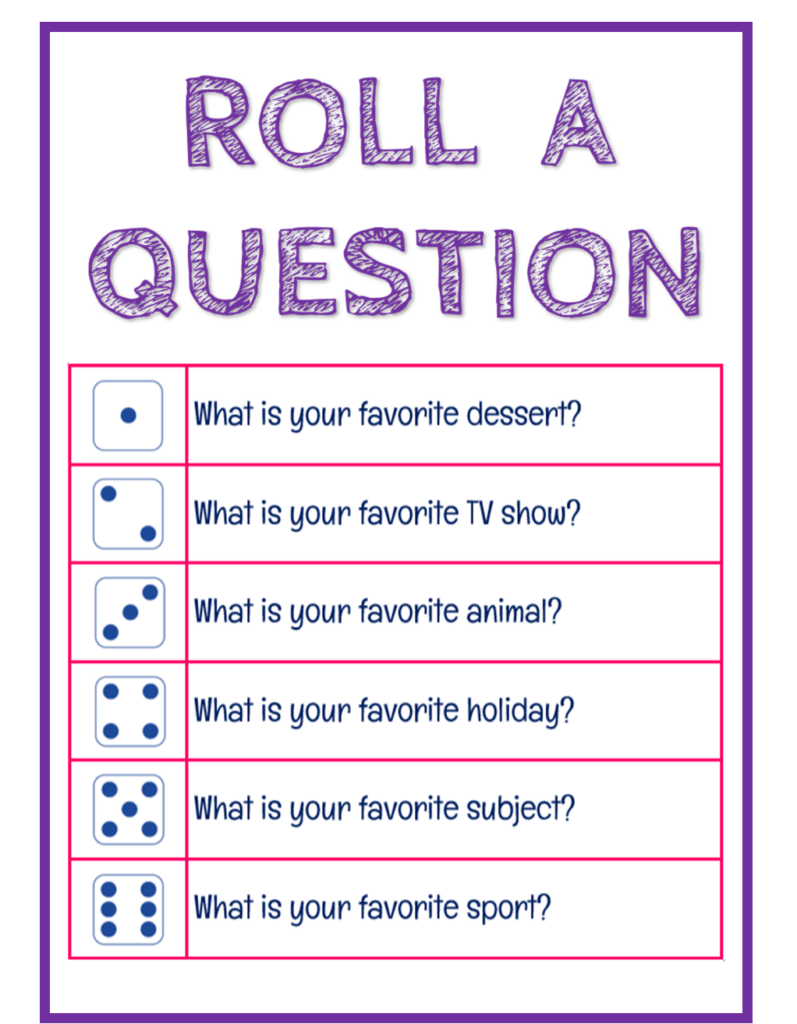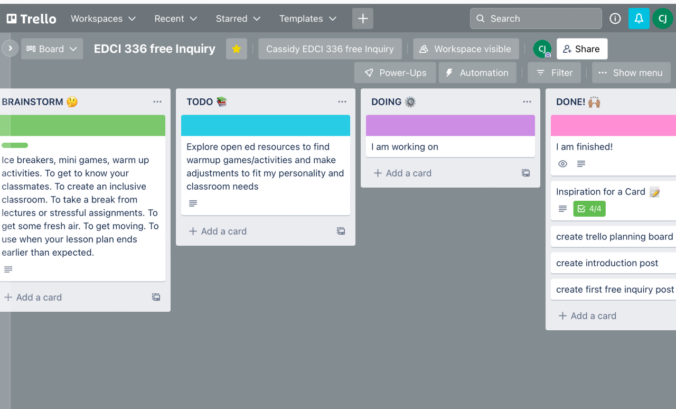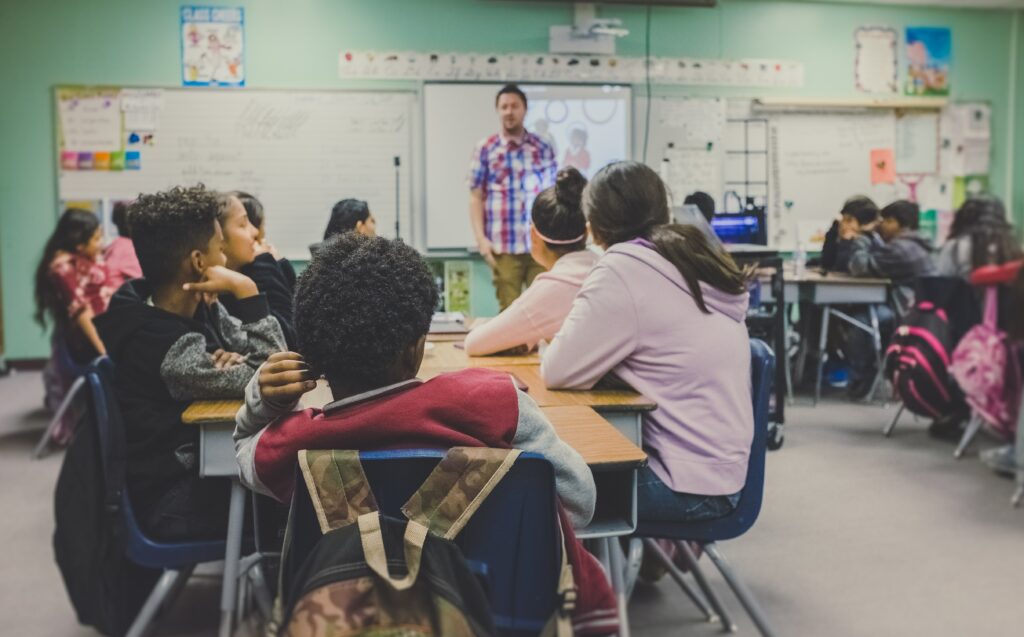The focus for today’s activities was quick games that can be done right from the students desk to start the day out fun.
These quick questionnaire style games are an excellent way to allow kids to start opening up and for me as the educator to build a personalized relationship with my students. I would use these activities at the start of each day to get kids talking with the goal that the more the kids open up the more comfortable they will be speaking up in class. The inspiration for todays ice breakers comes from my EDCI 336 professor who begins every class with a similar activity in order to introduce us to different pieces of technology.
This first Icebreaker is an online game of Would you Rather. The picture and the idea for this activity comes from Dawn Ciulla and was found on Teachers Pay Teachers under the heading Ice Breaker – Would You Rather?, thank you for the fun google slides Dawn!
How to Use:
- I may start out using these slides by having the kids vote by raising different body parts. The first one I may ask them to raise their hand then next time it could be raise your elbow, or nose or another silly action to vote.
- I would be very interested in hearing the kids explanations after so I would be sure to ask if any kid wanted to volunteer a reason why they voted each way. By asking these expanding questions it is another way to get to know your students better and help the students expand their communication skills.
Adaption:
I would adapt this activity by having the kids stand up and walk to one corner of the room if they vote for outer space and the other side if they vote for the deep ocean. This may cause more commotion in the classroom but it gets this kids up and moving which is very important for brain development!

This icebreaker was also found on Teachers Pay Teachers curtesy of DizonDesigns and is best found searching Ice breaker- Roll A Question.
I would use simple questions at the start of the year to get to know the students and as the semester unfolds I would adapt my questions to fit the curriculum the students are learning. If I was working on counting in math class I would have the kids gather on the carpet and roll the giant dice and then as a group we would count out each dot on the dice before the student who rolled answered the question.
A fun way to get the students up and moving is by using a giant foam dice and having the kids toss the dice to one another and have them answer the question of whichever number on the dice their right thumb is on. I played this adaption of the game in EPHE 310 and it as a great way to practice hand eye coordination, communication and get the kids up and moving.
These are just two examples of quick and easy ice breakers that help build the relationship between student and teacher and get the kids communicating about themselves! I would absolutely join in on both of these ice breakers to share with my students.





